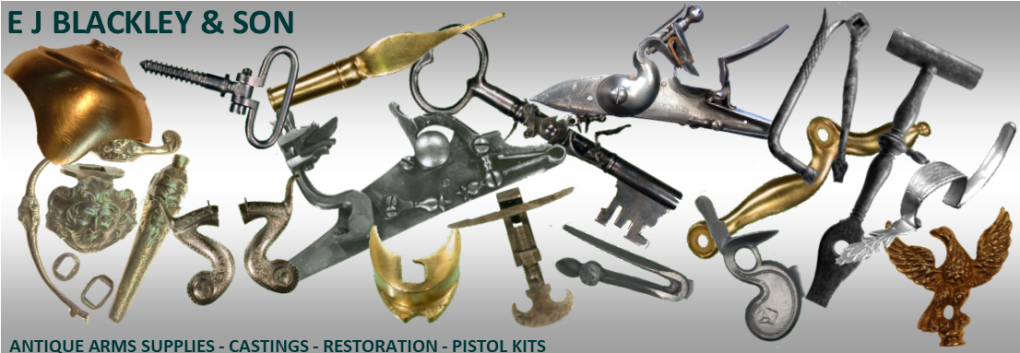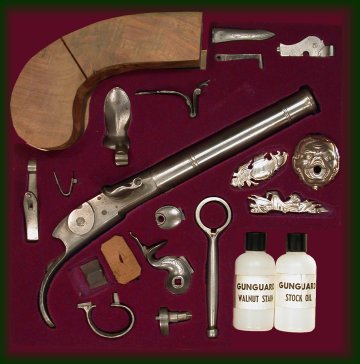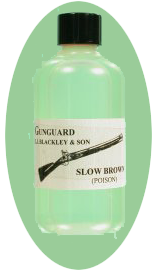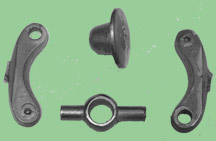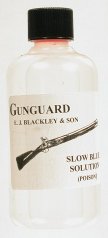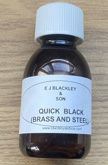Our in house process and the operations applied to it
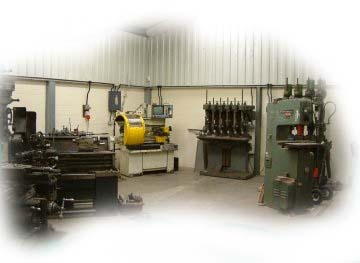
Machine shop and foundry
E.J.Blackley & Son are able to offer Lost Wax Investment Castings in steels, bronze, brass, aluminium, silver, etc.
Also machined component parts incorporating the casting process.
Using the finest grade materials available, we are able to produce castings of the highest quality, supplying customers world wide in the following fields:-
Model Engineering, Antique Restoration, Horology, Musical Instruments, Theatrical, Art Casting, Obsolete Parts, Printing machinery, Small Medical Components.
Due to our comprehensive range of equipment we are able to offer a complete process of 'in-house' manufacturing from the design stage to the finished article, including:-
Dies (low cost rubber, resin/plastic, sprayed, machine cut) Casting Milling
Drilling Turning (conventional and CNC) Welding (tig, mig, arc, gas, resistance)
Brazing Silver-soldering Polishing, including vibratory
Please contact us to discuss your requirements.
Also machined component parts incorporating the casting process.
Using the finest grade materials available, we are able to produce castings of the highest quality, supplying customers world wide in the following fields:-
Model Engineering, Antique Restoration, Horology, Musical Instruments, Theatrical, Art Casting, Obsolete Parts, Printing machinery, Small Medical Components.
Due to our comprehensive range of equipment we are able to offer a complete process of 'in-house' manufacturing from the design stage to the finished article, including:-
Dies (low cost rubber, resin/plastic, sprayed, machine cut) Casting Milling
Drilling Turning (conventional and CNC) Welding (tig, mig, arc, gas, resistance)
Brazing Silver-soldering Polishing, including vibratory
Please contact us to discuss your requirements.
The casting process
Moulding Techniques
Moulds can be produced by Sprayed Metal, Machine Cut, Resin or Plastic.
We also offer the low cost rubber moulding process that gives rewarding economic return on smaller runs, as so often on small batch requirements, the moulding costs can result in a product being un-economical to produce.
Where necessary we can accommodate a customers Die/Mould so long as it is suitable to our process.
We also offer the low cost rubber moulding process that gives rewarding economic return on smaller runs, as so often on small batch requirements, the moulding costs can result in a product being un-economical to produce.
Where necessary we can accommodate a customers Die/Mould so long as it is suitable to our process.
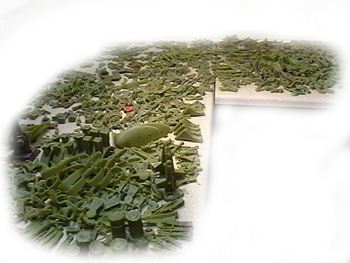
The wax making process
The manufacture of the wax pattern is undertaken using high or low injection, depending on the type of moulding application.
As with the dies, we are able to facilitate a customers ready made waxes.
We are prepared to produce 1 or 1001, it is the customers choice, we are more than aware of the demands from some companies as regards impractical quantities.
As with the dies, we are able to facilitate a customers ready made waxes.
We are prepared to produce 1 or 1001, it is the customers choice, we are more than aware of the demands from some companies as regards impractical quantities.
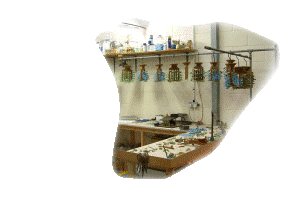
Wax assembly
The individual waxes are assembled onto a runner system until the mould is seen as complete.
Dipping the moulds
The wax clusters (Moulds) are carefully emmersed into various slurry tanks, containing slurries of varying viscocities. They are then coated in a granular medium.
The applications are repeated until the level of cover is achieved, both for strength and practicality.
The applications are repeated until the level of cover is achieved, both for strength and practicality.
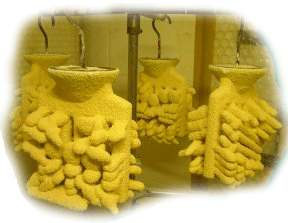
Moulds drying
The moulds are then dried within a carefully monitored enviroment.
This is critical to the success and quality of the eventual finished product.
This is critical to the success and quality of the eventual finished product.
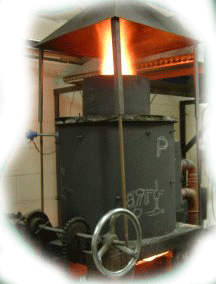
'Losing' the wax
This is the 'Lost' in the lost wax process.
The now cured moulds are placed within a furnace or autoclave and the wax is removed by means of direct heat or steamed enviroment.
The now cured moulds are placed within a furnace or autoclave and the wax is removed by means of direct heat or steamed enviroment.
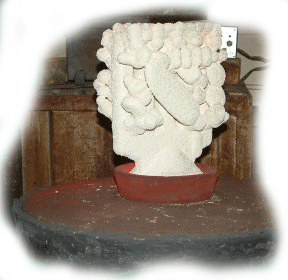
Preparation - pre firing
Moulds are ready to be fired using the 'drop down' furnace, they will be fired at tempuratures up to 1100 degrees in order to prepare the mould cavities for the pouring process.
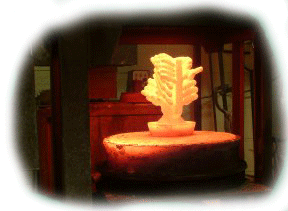
Moulds fired
Once 'de waxed' the moulds are very vulnerable to damage and are then 'fired' to higher temperatures, gaining far greater strength.
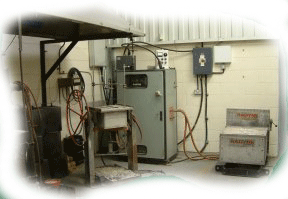
Different applications for varying mould types
There are different types of furnace, depending on the quantity of material to be poured; also the type of material, ie: brass or steel as two examples.
One will 'roll over', another will Hydraulically 'tilt' and the last option is the pneumatic 'drop down'. All of which are powered by an induction generator.
One will 'roll over', another will Hydraulically 'tilt' and the last option is the pneumatic 'drop down'. All of which are powered by an induction generator.
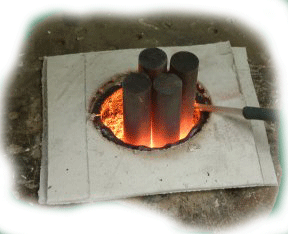
Metal melting
The metal is fed into the crucible in bar form and will melt in appproximately 11 - 15 minutes, depending on the mould capacity.
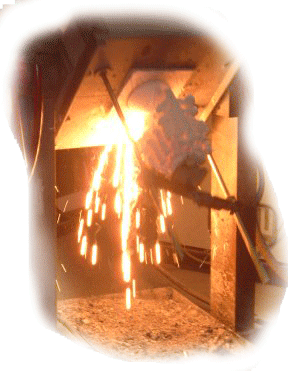
Pouring of the mould
In this example the steel is poured to the mould at temperatures in excess of 1600 c.
The mould is clamped to the furnace roll over and inverted over so as to allow the gravity fill of the metal to mould.
The mould is clamped to the furnace roll over and inverted over so as to allow the gravity fill of the metal to mould.
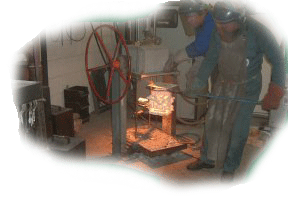
finally.....
The mould is removed from the furnace and taken to cool in a controlled atmosphere.
One sufficiently cool, the ceramic is knocked away to reveal the castings.
These are then cut off from the mould runner system, followed by a fine grit bead blasting to remove the ceramic from the casting surface.
One sufficiently cool, the ceramic is knocked away to reveal the castings.
These are then cut off from the mould runner system, followed by a fine grit bead blasting to remove the ceramic from the casting surface.



